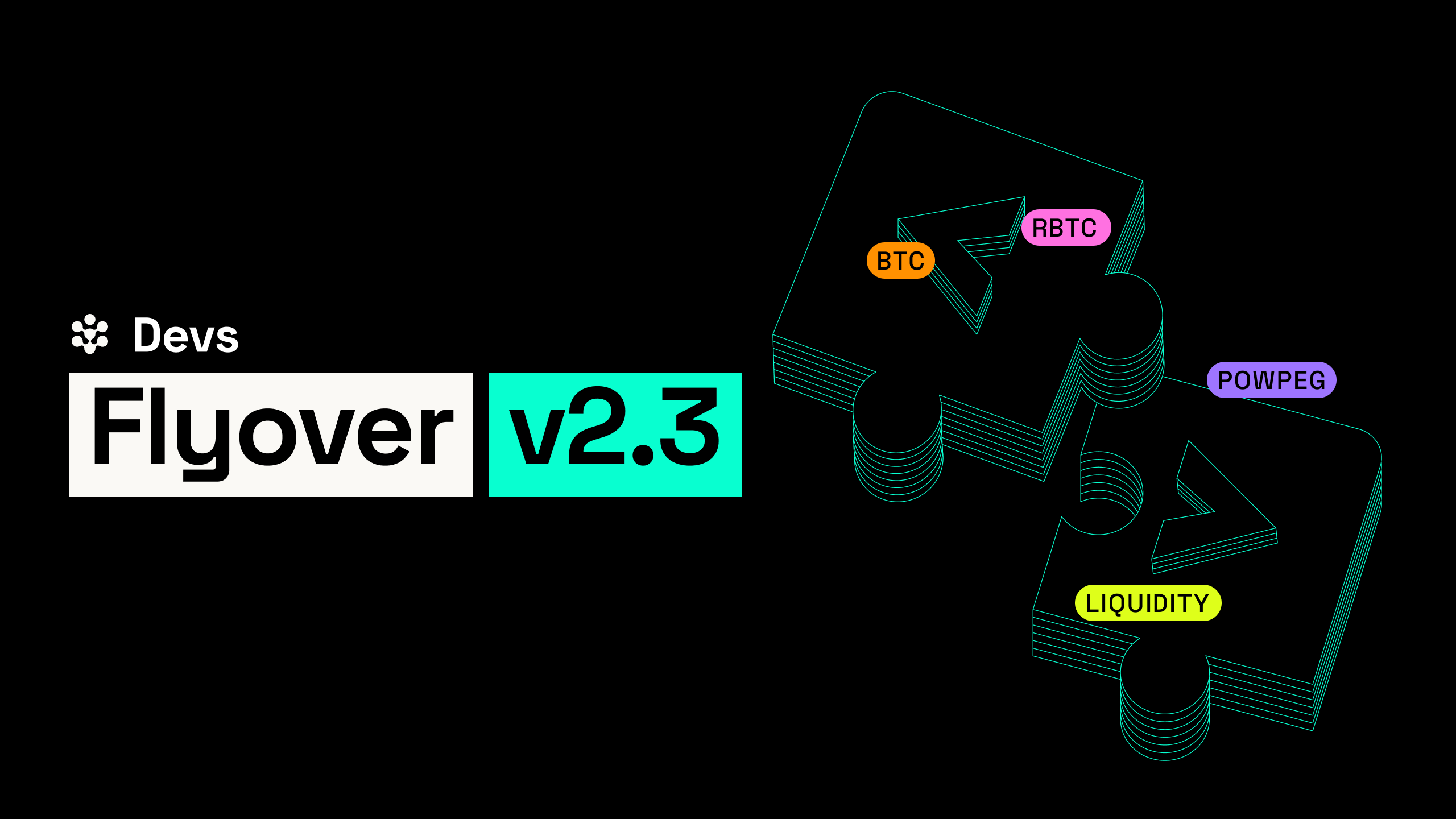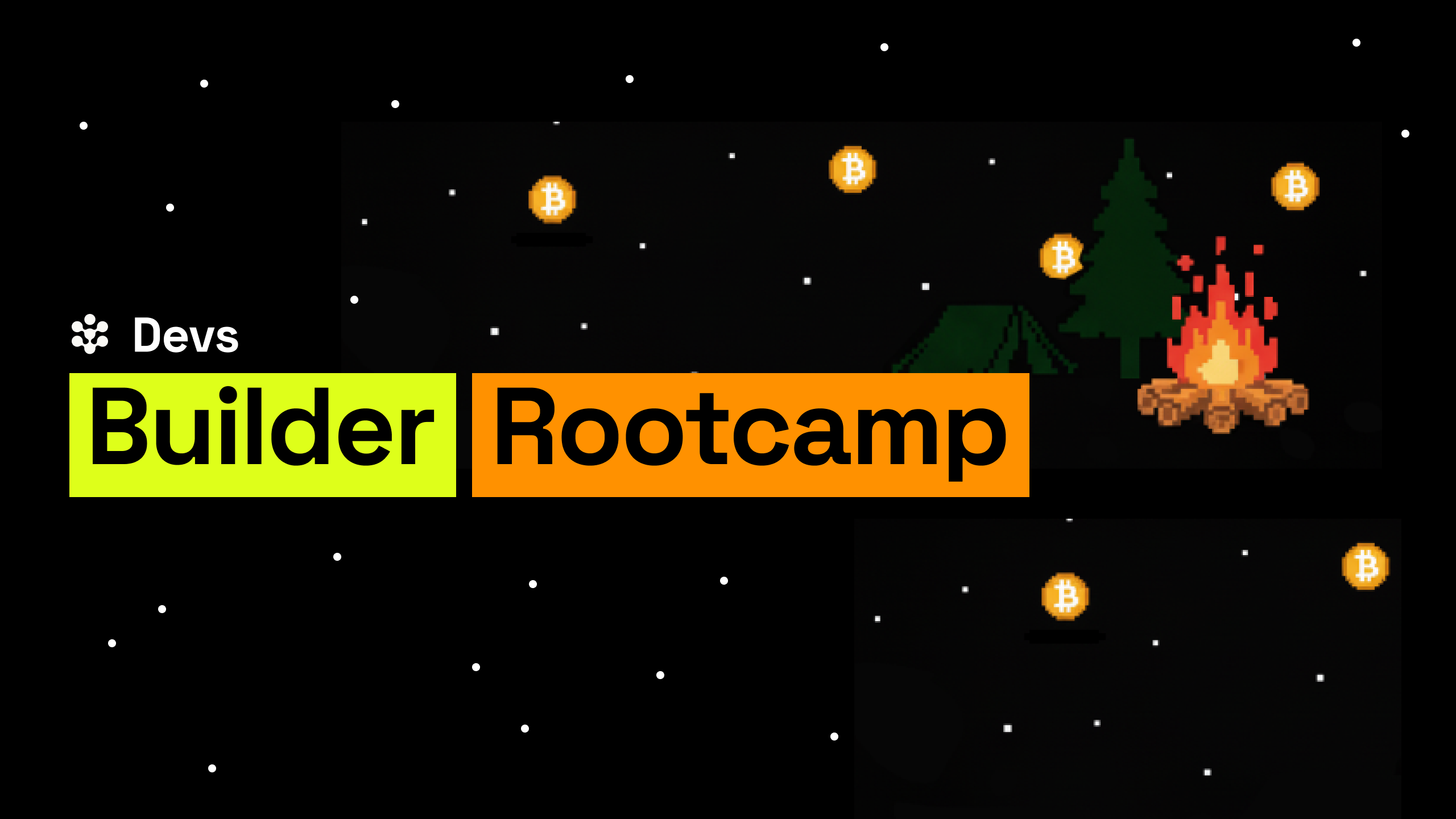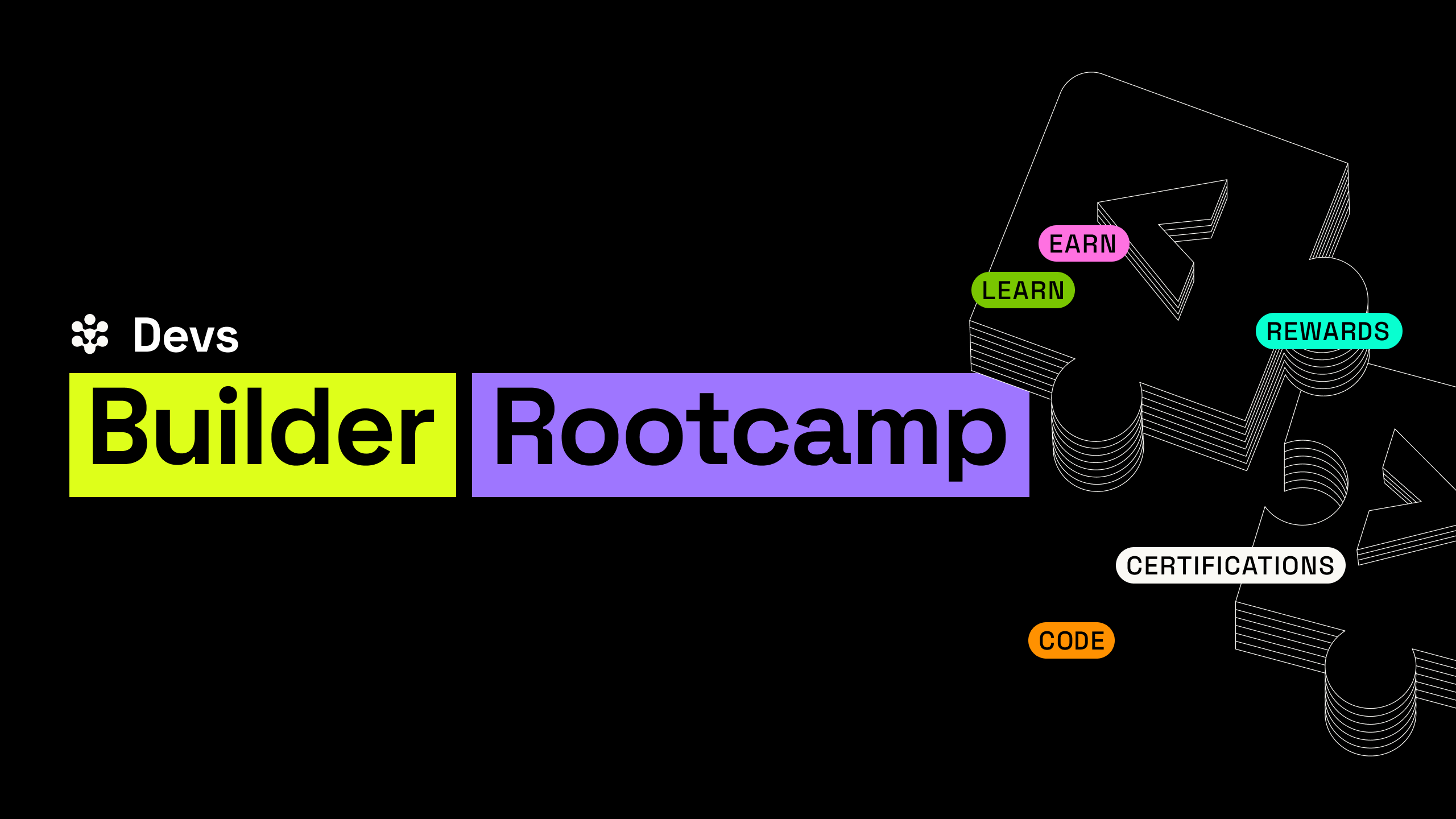
Every four years or so, the Bitcoin blockchain undergoes a massive change known as “the halving.”
It’s a significant event that tends to inject bullish momentum into the market. The reason why is a simple story of supply and demand.
At some point in April 2024, the number of new Bitcoin entering circulation will be slashed by 50%, with block rewards tumbling from 6.25 BTC to 3.125 BTC.
That’ll mean just 450 BTC is generated on a daily basis, making newly minted cryptocurrency much harder to come by.
This is going to be challenging for miners, who will be keeping a laser-like focus on their costs. Investing in cutting-edge new equipment is essential to remain competitive, and many firms have moved their operations to countries with cheaper sources of electricity.
But it isn’t all doom and gloom. Why? Because miners have a way of boosting their revenues, all without additional expense, or an impact on their role in securing the Bitcoin network.
Find out more about merged mining on the Rootstock developer portal.
What is merged mining and what are the benefits?
The Rootstock blockchain is built on top of Bitcoin, allowing the network to scale, and both use a Proof-of-Work consensus mechanism.
Merged mining allows the same hashrate deployed on the Bitcoin blockchain to secure Rootstock, too. This means that, as well as the potential block rewards derived from the BTC network, miners have the potential to earn a high percentage of transaction fees from Rootstock blocks.
To get a little technical, there are a number of different outcomes that are possible, primarily because mining difficulties can vary between the Bitcoin and Rootstock blockchains.
- If a correct solution to add a block to the Bitcoin network is found, a reference to Rootstock’s block will be included in the data. The solution can also be submitted to Rootstock’s network.
- In the event that a solution doesn’t satisfy Bitcoin’s difficulty level but meets Rootstock’s threshold, it will only be submitted to Rootstock.
- And finally, a solution won’t be submitted to either of these blockchains if it only satisfies pool difficulty, a threshold that’s much lower than mining difficulty.
Merged mining through Rootstock has gained momentum in recent years, and by December 2021, more than 50% of Bitcoin miners were engaged in the practice. The concept was first put through its paces with Namecoin, a cryptocurrency that had forked from BTC back in 2011.
How to add Rootstock merged mining capabilities to mining pool software
A full step-by-step guide for implementation can be found here, telling you everything you need to know to get involved.
After getting the work from the Rootstock node, it’s time to put the information for merged mining into the Bitcoin block. It needs to be included as the last output of a Bitcoin coinbase transaction, and there are restrictions to bear in mind, too. Other considerations include the fact that Rootstock’s average block time currently stands at about 24 seconds, which is 20 times faster than the 10-minute confirmation time on the Bitcoin blockchain.
From here, it’s time to mine until the work is enough to meet the target, and then submit the solution to the Rootstock node.
Rootstock’s implementation of merged mining minimizes the amount of information that needs to be added to the Bitcoin network — preventing it from being clogged up with extraneous data. What’s more, no changes need to be made to a Bitcoin node in order to support merged mining.
The impact of the halving on miners’ rewards
Of course, the upcoming Bitcoin halving will have an impact on the income miners receive, but it’s worth taking a step back and considering this in dollar terms.
Back in 2012, when the block reward was slashed, 25 BTC was worth $12.35. On the day the reward fell to 12.5 BTC in 2016, this would have been valued at $650.53. And by 2020, when a further reduction to 6.25 BTC was enforced, miners would have pocketed $8,800 after validating a block.
Declining Bitcoin rewards are being offset by an increase in cash value. A cut to 3.125 BTC is scheduled to take place in 2024, and at current market rates, this would be worth about $125,000.
Nonetheless, miners now need to take action to minimize expenses to ensure their operations remain viable, especially considering that the halving will affect merged mining through Rootstock as well.
Joining a mining pool, where resources are brought together to increase the likelihood of block rewards, comes recommended.
Get involved today
With the halving looming and the prospect of Bitcoin spot ETFs coming to the US, 2024 is already shaping up to be a big year.
Head to our developer portal to find out more about merged mining here.


